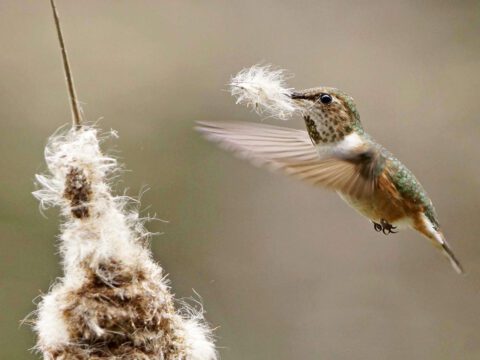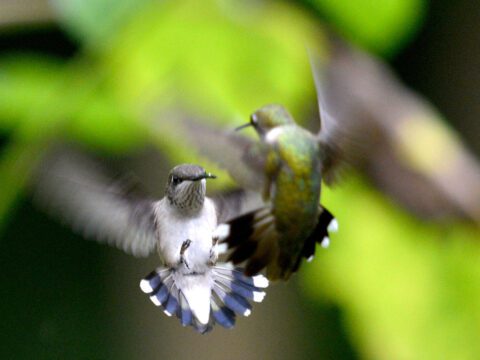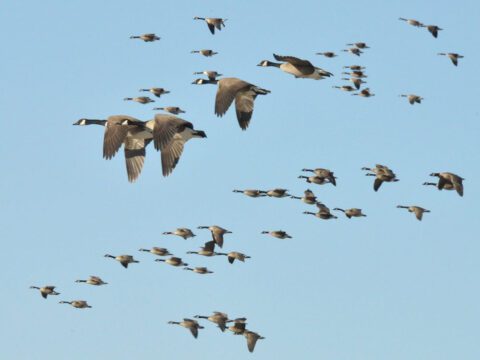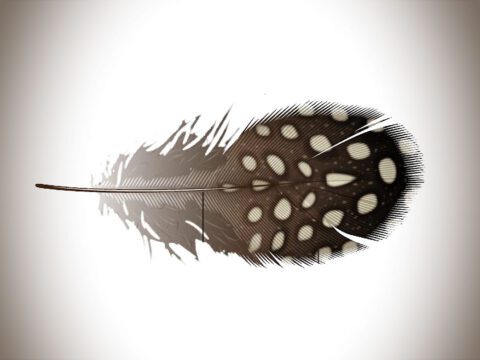Sound from the Field: Petrels on Volcanoes
By Jon Erickson
January 21, 2010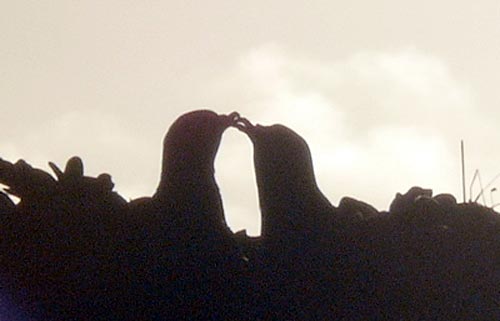
Over the holidays, recordist Jon Erickson spent a couple of weeks on Round Island, a slanting, sun-baked slab of rock about 14 miles off the north coast of Mauritius. He recorded the island’s multitudes of Herald Petrels and Wedge-tailed Shearwaters, helped the island wardens with chores, and shared his meals with several stout lizards. This is the first of his stories. –Hugh Powell
This island looks like a volcanic cinder cone sliced in half, and fortunately, I didn’t have to arrive via the one somewhat terrifying landing rock that 19th-century explorer Nicolas Pike first wrote about. I came by helicopter along with a shipment of supplies. I was greeted by Tom, a Round Island warden, and Lucy, a young British student from Cardiff University who studies petrels.
After the noise of the departing helicopter had been replaced with the swirling birds above me, I felt the true remoteness of the island. But my apprehension melted before the almost ethereal scene: dozens of Herald Petrels chasing each other with their sublime, liquid, laughing calls.
Hear Jon’s recording of Herald Petrels from Round Island:
The birds mainly call in flight, and these are birds that really know how to fly. Their three-dimensional aerobatics are mesmerizing. They use the wind currents blowing off the ocean to climb high into the air and then spin, roll, and yaw while they chase each other. The birds call primarily while chasing one another. The pursuer starts calling when it gets within a certain distance of the leader, and stops only when the leader extends his lead again. Swirling and arcing through the sky in unison, the birds look like World War II fighter planes dogfighting. And they are not afraid to make an occasional fly-by inspection of me as I try to keep their erratic flight patterns in the sights of the parabola microphone. Above all this commotion White-tailed and Red-tailed tropicbirds soar, their tail feathers trailing behind them like a kite.
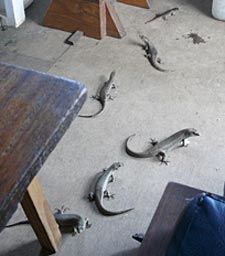
Looking down I see dozens of large skinks around my feet. These are Telfair skinks, a species native only to Round Island (they have been introduced to Iles aux Aigrettes). During my stay I got to know them very well. I found dozens more as I brought my gear into the field house, a spot they are particularly fond of as it harbors a great deal more table scraps than anywhere else on the island. I soon found out they were after more than just table scraps, as one crawled up my back and jumped from my shoulder into the bowl of food I was eating.
On my first day helping Tom with daily island duties I got to experience my first “petrel search.” This entailed scrambling around on a steep rock slab looking for nesting petrels, catching them, and recording data: incubating or not, dark- or light-morph plumage, band number, etc. If the bird has no band, Tom provides one for it. (The whole measuring procedure takes just a few minutes, after which the birds return to their nests.)
After a bit of training in which Tom warned me the birds can give a nasty nip, I gave a try at catching one. I awkwardly took hold of a large adult sitting on an egg and managed not to get bitten. We recorded its information and, following Tom’s advice, I prepared to launch the bird safely back into the air. But just as I began the toss, the bird struggled free and snapped at my thumb. After glancing off my thumbnail, the bird re-targeted and took off a good piece of skin. I shouted in pain while the bird flew away.
As I crawled into my tent at nightfall, the air filled with the sounds of hundreds of Wedge-tailed Shearwaters coming back to their nests. I’ll tell you that story for my next post.
A note on taxonomy: the Herald Petrel is a widely distributed seabird that nests on islands scattered about the Southern Hemisphere. Some authors regard the birds nesting on Round Island as a separate species, the Trindade Petrel. At the Cornell Lab we follow the Clements Checklist, which considers the birds on Round Island to be a subspecies of Herald Petrel, Pterodroma aminjoniana arminjoniana, and have used that name here.

All About Birds
is a free resource
Available for everyone,
funded by donors like you
American Kestrel by Blair Dudeck / Macaulay Library

